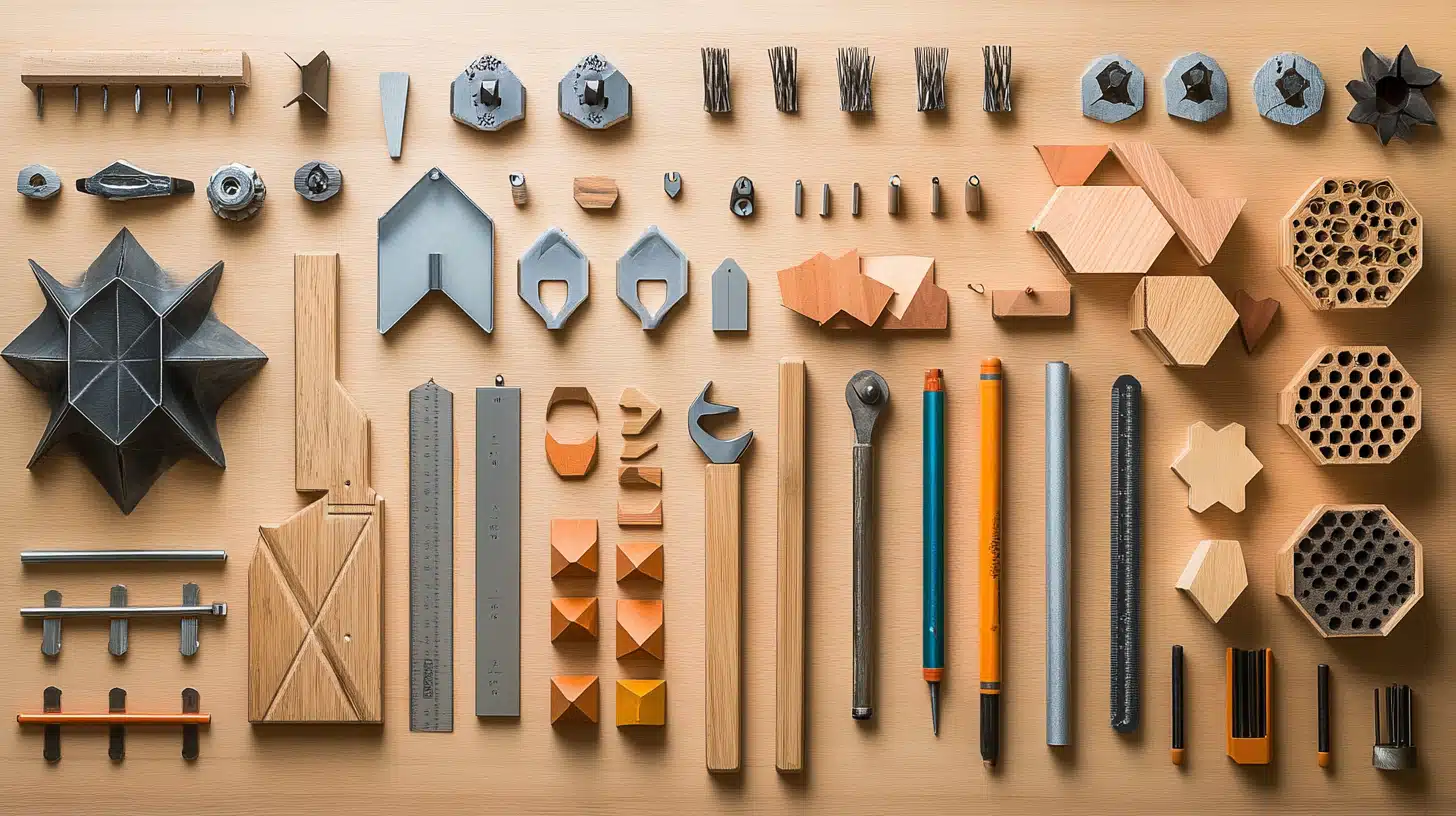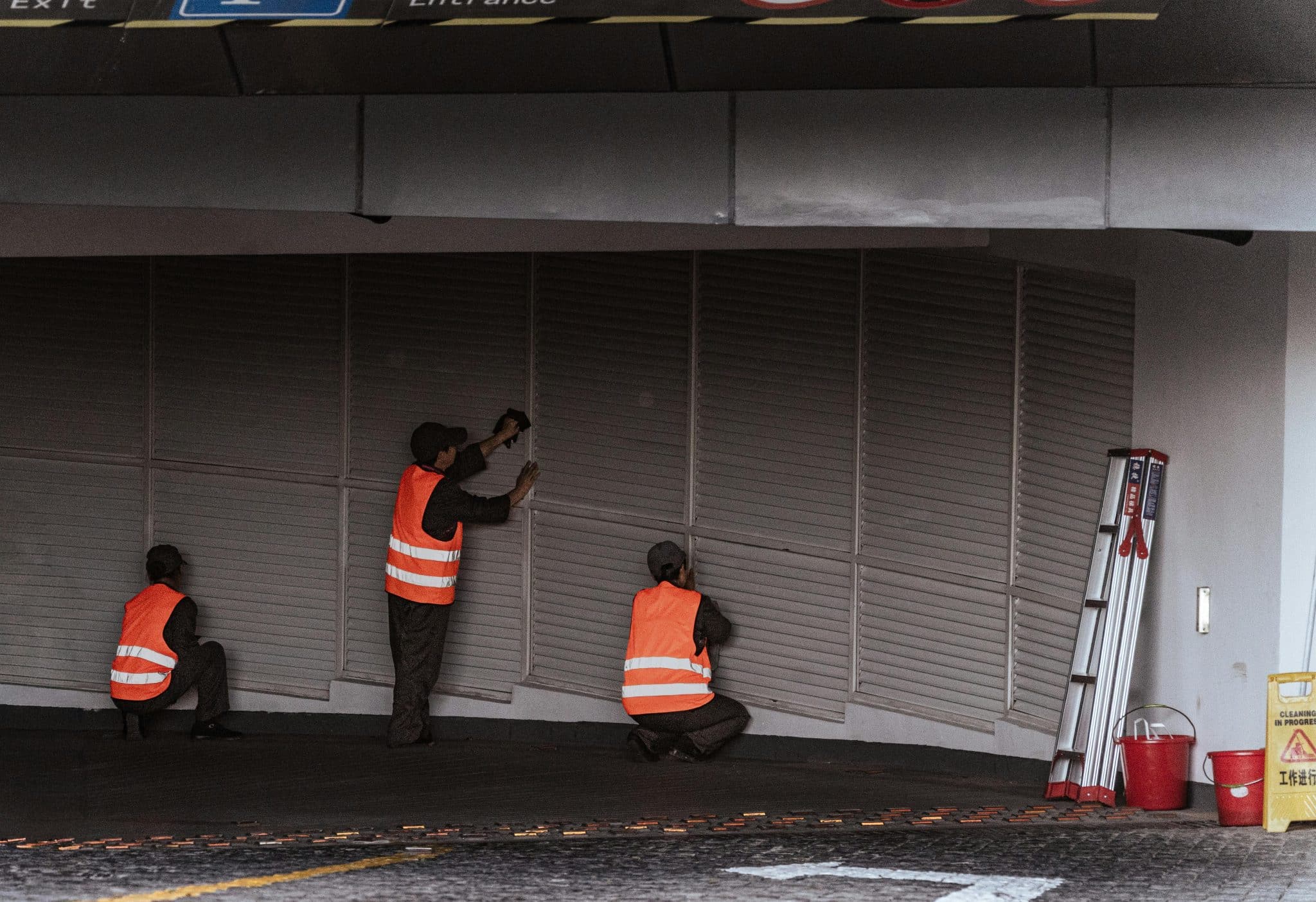DIY (do-it-yourself) projects are often considered a fun hobby. However, for many, they become a real lifestyle.
If you love creating, designing, and fixing things independently, having the right tools is essential for achieving great results faster. Instead of paying professionals for every small repair or renovation, you can save money and develop valuable skills by tackling the work yourself.
So, what are these tools? Explore the core solutions that will serve as your reliable companions from planning works to execution.
But before diving into these tools, let’s take a moment to list the common benefits they offer.
What are the benefits of having the right DIY tools?
Tools for DIY projects are important because they:
- Save money. Hiring professionals for repairs or renovations can be expensive. By investing in a good set of tools, you can handle many tasks on your own, cutting down on labor costs.
- Boost creativity and enrich problem-solving skills. When you take on DIY projects, you learn how to solve problems creatively. Working with tools challenges you to think outside the box and come up with innovative solutions.
- Increase self-sufficiency. Having a well-equipped toolbox means you’re not constantly relying on professionals for small repairs. This independence gives you a sense of accomplishment and confidence in your abilities.
- Improve safety and efficiency. Using the right tools ensures that your work is precise and safe. Trying to complete a project with the wrong equipment can lead to frustration, mistakes, or even injuries. High-quality tools will help you work faster and with better results.
- Allow for high-quality results. DIY isn’t just about saving money, it’s also about achieving great results. The right tools enable you to complete tasks with accuracy, leading to professional-looking outcomes.
Now, it’s time to move on to explore some robust solutions.
10 Must-have tools for DIY projects
The right set of tools for DIY projects varies from person to person. You may need just several tools or a dozen additional options. It all comes down to your skills and the scope of your project.
Here are the most popular solutions.
1. Online planner
Before moving on to physical tools, choose an online solution for planning all your predefined work. This is rather important because effective planning is the key to the success of any project.
You can simply fill in tables in Excel or Word with your scheduled activities or use more powerful planners (for example, based on a Gantt chart).
If you don’t know where to start or don’t want to spend a lot of time planning from scratch, use ready-made templates. For example, it can be a construction schedule template in Excel or an option for planning tasks in Gantt chart-based software.
2. Cordless drill
The list of physical tools should be started with a cordless drill, as it is one of the most versatile tools in the toolbox of any DIY enthusiast. Whether you’re installing a shelf, assembling furniture, or drilling holes for wall anchors, this tool will make the job easier and faster.
Unlike manual screwdrivers, a cordless drill provides power and precision that reduces strain on your hands.
If you need a reliable drill, consider one with adjustable torque settings and multiple speed options. The models with lithium-ion batteries provide better performance.
3. Claw hammer
The next powerful solution for many DIY projects is a hammer.
This tool looks indispensable for a wide range of tasks, from simply driving nails into timbers to removing them with the claw end. A good hammer will assist if you need to build a wooden structure, hang a picture frame, or do many more actions.
Choose a claw hammer with a non-slip grip to reduce hand fatigue.
4. Hand saw
Another useful tool for woodworking is a hand saw. It may also help you to cut plastic or even metal in certain cases. It’s a great solution for making quick cuts without needing power tools.
Try to select a saw with a comfortable grip and sharp, as well as durable teeth for smooth cutting. Multi-purpose saws that can handle different materials are also accessible.
5. Tape measure
Accuracy is another important point for most DIY enthusiasts.
A handy tape measure guarantees the accuracy of your measurements. Whether you are planning furniture placement, cutting wood, or hanging artwork, precise measurements can prevent many mistakes.
Look for a tape measure with a sturdy lock mechanism and a durable metal blade. A 25-foot retractable variant will be ideal for most DIY tasks.
6. Adjustable wrench
If you need to loosen and tighten nuts and bolts of various sizes, an adjustable wrench is the perfect helper. You’ll need it when assembling furniture, fixing plumbing issues, or handling general repair work.
Having a set of different sizes of adjustable wrenches will make tackling many tasks much easier. It’s better to choose rust-resistant models with a smooth adjustment mechanism.
7. Utility knife
Utility knives are typically equipped with inexpensive disposable blades. They assist in a wide range of processes, from opening cartons to cutting drywall and rigid foam insulation. This tool is far more effective than scissors.
Look for a knife with a retractable blade for safety and buy extra blades to ensure clean cuts every time.
8. Level
Even simple mistakes in alignment can lead to an uneven and unprofessional-looking project. If you need straight and even installations, a level is a critical tool.
You may choose a digital level that will offer even greater accuracy. In case you work on large projects, consider a laser level for hands-free alignment.
9. Pliers
There are many types of pliers you may need for your DIY project. Every model is designed for specific tasks. Needle-nose pliers will help to work with tight spaces, while slip-joint pliers will provide a strong grip for general use.
Look for the multipurpose sets that include at least three types: needle-nose, slip-joint, and locking pliers.
10. Safety gear
Accidents can happen at any time. Protecting yourself is just as important as having the right tools. Therefore, no DIY project should be performed without proper safety gear, including gloves, goggles, ear protection, etc.
Remember to wear safety goggles when cutting, drilling, or hammering. Protect your eyes from debris. Use work gloves to get a better grip and protect your hands.
Choose the Right Tools for Perfect Results
Do-it-yourself projects are incredibly rewarding. However, they’re only enjoyable when you have the appropriate tools for the job.
When you invest in quality tools, you make work easier and ensure that your projects turn out great. From initial repair planning to ambitious home improvements, a well-equipped toolbox will give you the confidence to tackle any single task.
Choose powerful tools and start building something amazing.








